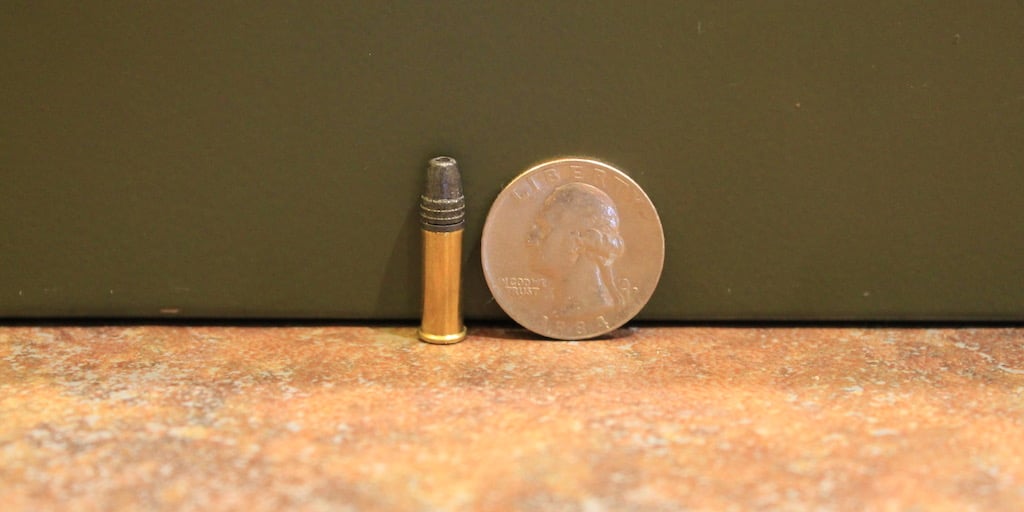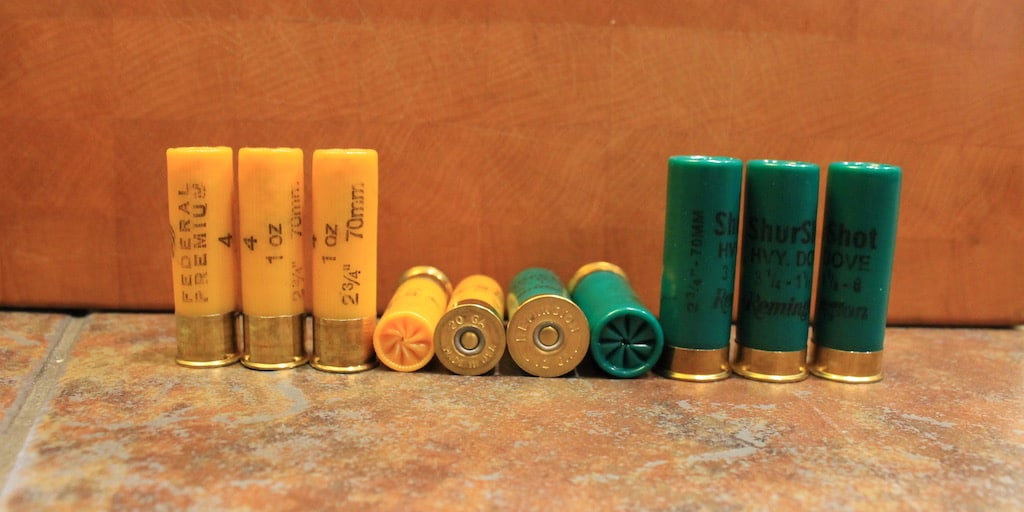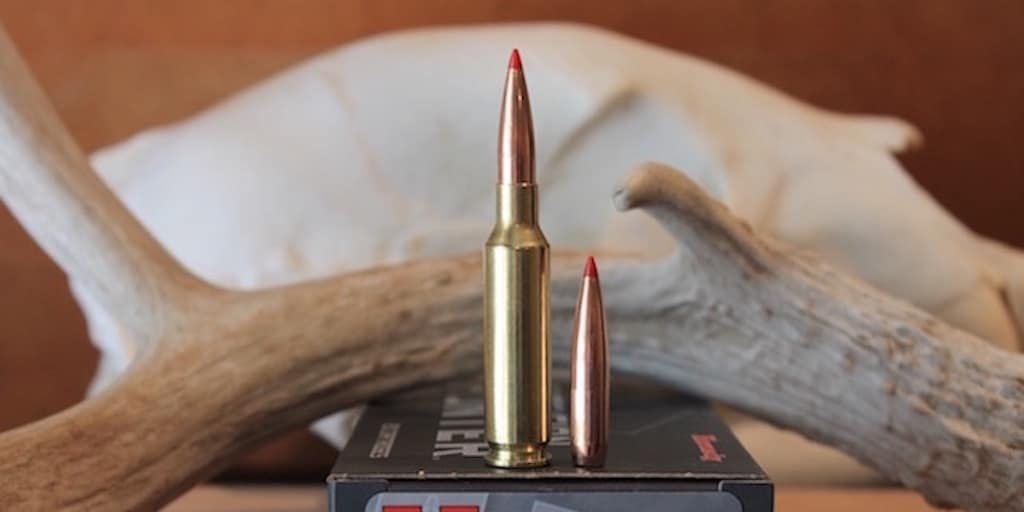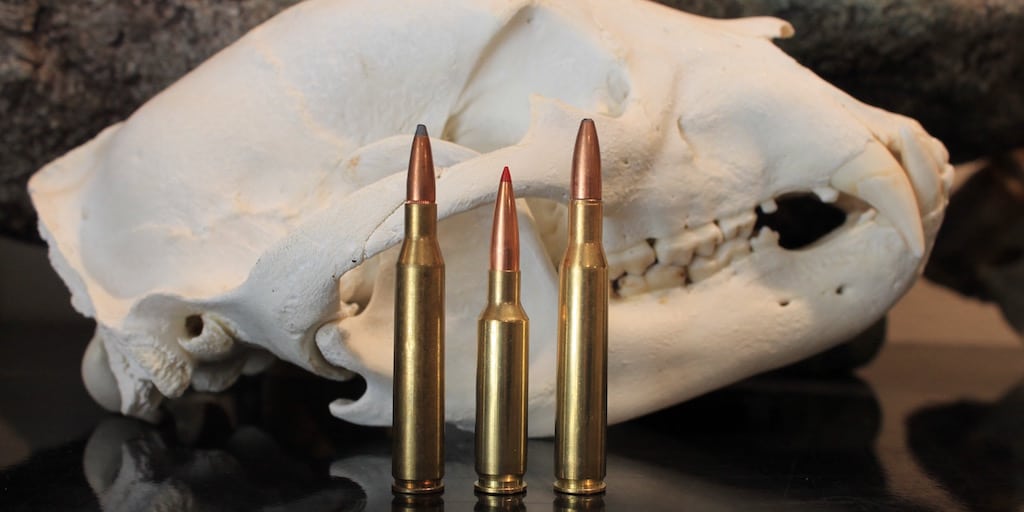Hunting Firearms – The Basics
I think that most new hunters, particularly those who did not grow up around hunting firearms, would probably agree that selecting the right gun to hunt with can be an incredibly overwhelming experience. For one thing, it can be extremely difficult to decipher firearm caliber/gauge naming conventions, firearm terminology in general, and the marketing hype propagated by the many companies in the firearms industry.
The good news is that hunters these days have access to a bunch of outstanding options that are well suited for legally and ethically hunting virtually any species of game on the planet. The bad news is that there is an incredible variety of different firearm calibers to choose from and it can really complicate efforts to pick the right one for a particular task.
The last thing any hunter wants is to go afield and find out later that they were using something that was not legal to hunt with or that they had chosen a caliber ill-suited for the task at hand.
With all that in mind, my goal with this article is to provide you with a couple of good recommendations on selecting the right caliber (or gauge in the case of a shotgun) for hunting some of the most common species of game in North America.
I’ll cover the .22LR, which is a rifle that’s used quite often for small game. Then, I’ll share some insights on shotguns, which are most often used for small game and birds. Shotguns can also be used for large game. Finally, I’ll provide a few examples of larger caliber rifles that are good options for hunting big game in North America.
.22 Long Rifle
First, we’ll start with perhaps the most common cartridge in the world: the .22 Long Rifle.
Many people (myself included) began their hunting career pursuing small game like squirrels and rabbits using a rifle chambered in .22 Long Rifle (.22LR). All in all, the cartridge is well suited for that sort of hunting: it has a very mild recoil, doesn’t have a loud report, and it’s more than powerful enough to ethically take most small game at short range.
Hunting rifles chambered in .22LR are also usually very lightweight and easy to carry. At the same time, .22LR ammo is very inexpensive and it’s not uncommon to find decent ammo for less than $.05 a round.
Not surprisingly, the .22LR is a very popular option for young, small framed, or inexperienced hunters who want to get some practice afield before moving up to something bigger and more powerful. That said, there are plenty of very seasoned hunters who still use the cartridge for pursuing small game, so the .22 Long Rifle is not limited to young or brand new hunters by any stretch.
Those same characteristics make the .22 Long Rifle a great choice for target shooting or plinking. Just like with hunting, it’s an equally good choice for a new hunter who is learning how to shoot as well as a veteran hunter who just wants to keep his or her marksmanship skills up to par.
Take note that the .22LR is not powerful enough for hunting big game like deer though. Most states also prohibit the use of the cartridge for hunting big game for that exact reason. So, while the .22 Long Rifle is ideal for small game hunting and target shooting, you’ll need to use something else for deer, feral hogs, etc.
Finally, while the .22LR does have a relatively mild report compared to most other rifle cartridges, a gunshot from a .22 Long Rifle is still usually loud enough to damage your hearing. In fact, shooters of this cartridge are especially vulnerable to hearing loss because so many people don’t take the diminutive cartridge seriously and think it can’t possibly hurt their ears.
Don’t be one of those people.
Make sure you wear ear protection while hunting or shooting with any firearm, to include a .22 Long Rifle. You’ll be glad you did many years from now.
Shotguns
For those who don’t know, shotguns are capable of firing loads consisting of several hundred very small pellets. This is in contrast to a rifle or a handgun, which fires a single, usually much larger, projectile at a time.
While they start off very tightly packed together when loaded in a typical shotgun shell, shotgun pellets gradually disperse upon firing as they travel downrange. Picture a cone that increases in diameter to help visualize what a shotgun shot pattern looks like.
This does mean that shotguns generally have a relatively short effective range and are not as precise as a rifle. However, these same characteristics also make a shotgun ideal for shooting at moving game like a flying bird or a running squirrel. Shotguns are capable of firing very small pellets (generally referred to as birdshot), larger pellets (referred to as buckshot), and even a single projectile (a slug).
Just as the names suggest, those different loads are best suited for hunting specific kinds of game: larger game like deer for buckshot or slugs and smaller game animals and birds like rabbits, squirrels, dove, pheasant, and ducks for birdshot.
There are varying sizes of buckshot and birdshot that are described by a number like “number 4 buckshot” or “number 6 birdshot.” It’s counterintuitive, but a smaller number means a larger diameter individual pellet, e.g., number 5 shot is bigger than number 6 shot.
Shotgun naming conventions are especially bewildering, so don’t worry about the details too much right now. Just know that 12 gauge and 20 gauge shotguns are by far the most common and both are excellent choices for hunters when using a standard 2 ¾” length shell (don’t worry about getting a 3” or a 3 ½” magnum to start off with).
A 12 gauge shotgun (green shells in the photo above) is larger and generally more powerful than a 20 gauge shotgun (yellow shells in the photo above). However, a 20 gauge shotgun is still very effective and often has quite a bit less recoil than a 12 gauge shotgun.
In general, size 7 ½ or 8 shot is great for quail and dove, size 6 shot is good for rabbit, grouse, and squirrel, size 5 shot is nice for hunting pheasant, and size 4, 5, or 6 shot are all well-suited for turkey. Waterfowl like ducks and geese generally require even bigger 2 or 1 size shot. Likewise, number 4 or 00 buckshot are both quite effective on big game like deer.
Remember: check specific regulations before you go hunting, but those are broad recommendations to follow for both 12 and 20 gauge shotguns.
Though shotguns certainly have their limitations, they can be extremely versatile. Indeed, it’s quite often possible to hunt an incredibly wide variety of game with a single shotgun just by changing the exact load used.
At the same time, quality shotguns aren’t that expensive either and you can pick up a good one for just a couple hundred dollars. For those reasons, a shotgun is the perfect place to begin for hunters who are just trying to get started.
While shotguns can indeed be very effective on large game like white tailed deer, most hunters prefer to use a larger caliber rifle. Instead of shooting a bunch of small projectiles, a rifle fires a single, much larger projectile at a significantly faster speed than a shotgun.
It’s just a matter of choosing the right tool for the job. For instance, you could certainly hammer a nail using a screwdriver, but it will be much easier to use a hammer.
By the same token, a rifle has a much longer effective range, will more reliably and quickly kill bigger game at greater distances, and is better suited for very precise shot placement than a shotgun.
For those reasons, rifle cartridges are extremely popular for hunting bigger game. Here are three calibers for your consideration.
6.5 Creedmoor
Now let’s talk about a really good deer rifle caliber option: the 6.5 Creedmoor.
As rifle cartridges go, the 6.5 Creedmoor is a relatively new development and has only been around since 2007. However, the cartridge has really taken the shooting and hunting worlds by storm since then.
Some people thought the 6.5 Creedmoor would be a passing fad, but it looks like the cartridge is here to stay now and more and more hunters are starting to use it each year. Make no mistake: the 6.5 Creedmoor is an excellent choice for hunting many species of big game like deer, feral hogs, pronghorn, and black bear.
Additionally, it’s an especially nice caliber for inexperienced hunters.
Why?
Basically, the 6.5 Creedmoor is a very well designed cartridge with excellent accuracy potential and manageable recoil.
Also known as “kick”, recoil is the rearward movement of a gun when fired. Felt recoil depends on a number of different factors, but some cartridges just simply have more recoil than others. As you can imagine, excessive recoil can make it difficult for a hunter to place their shots accurately. (video of new hunters at the range for the first time)
However, the mild recoil of the 6.5 Creedmoor combined with the excellent overall accuracy potential of the cartridge in general result in it being a generally very easy caliber for most people to shoot well.
The 6.5 Creedmoor is far from the most powerful cartridge out there, but it’s still an outstanding choice for many hunters. There are a bunch of very reliable, accurate, and reasonably priced rifles chambered in 6.5 Creedmoor. There are also plenty of good ammunition options for that cartridge as well.
All things considered, if you’re just getting started and want a nice all-around deer hunting cartridge, then the 6.5 Creedmoor is a very good option.
.270 Winchester
As good as the 6.5 Creedmoor is, some people just prefer to hunt with an older, more established caliber.
For those hunters, the .270 Winchester is a wonderful option. It’s been around since 1925 and has been one of the most popular rifle cartridges in the United States for decades.
One of the reasons the .270 is so darn popular is because it works very well. Slightly larger and more powerful than the 6.5 Creedmoor, the .270 Winchester is outstanding for deer hunting and also has a very solid reputation for effectiveness on bigger game like elk, moose, and black bear.
It’s not the latest and greatest by any stretch of the imagination, but the .270 Winchester has a proven track record among North American hunters. Get a good rifle chambered in that cartridge, learn to shoot it well, and you’ll have a really nice set-up for hunting most species of big game.
.30-06 Springfield
Now let’s talk about an option for those who want a larger and more powerful cartridge.
There’s nothing wrong with the 6.5 Creedmoor and the .270 Winchester. They’re both very popular and effective hunting cartridges.
However, just like the .270 is bigger and more powerful than the 6.5 Creedmoor, the .30-06 Springfield is markedly larger and more powerful than the .270. At the same time, the .30-06 Springfield consistently ranks among the top 5 best-selling rifle cartridges in the United States each year.
To an even greater degree than the .270, the .30-06 is a hard-hitting rifle cartridge with a proven track record on deer as well as even bigger game like moose and elk. Yes, the .270 will certainly work on really big game, but the bigger and more powerful .30-06 is a more popular choice for those sorts of hunts.
So, if you want a very well rounded rifle caliber that’s best suited to the widest possible range of hunting scenarios ranging from hunting deer in the back 40 to a possible African hunting safari one day, then you should really consider getting a .30-06.
Note that extra power does come at the expense of more recoil though. Many people can handle that extra “kick” without much trouble, but this is not a rifle caliber for recoil sensitive hunters.
For that reason, I wouldn’t purchase a .30-06 without testing one out first to see if you can handle the recoil. If you can handle it, then a good rifle chambered in .30-06 is just about perfect for someone who wants the most versatile hunting rifle possible.
*****************
Editor’s Note: If you’re curious about starting your own hunting journey shoot an email to info@modcarn.com.
This content is funded in part through a grant provided by the Minnesota DNR. Learn more about DNR efforts to recruit, retain and reactivate hunters on their website.






